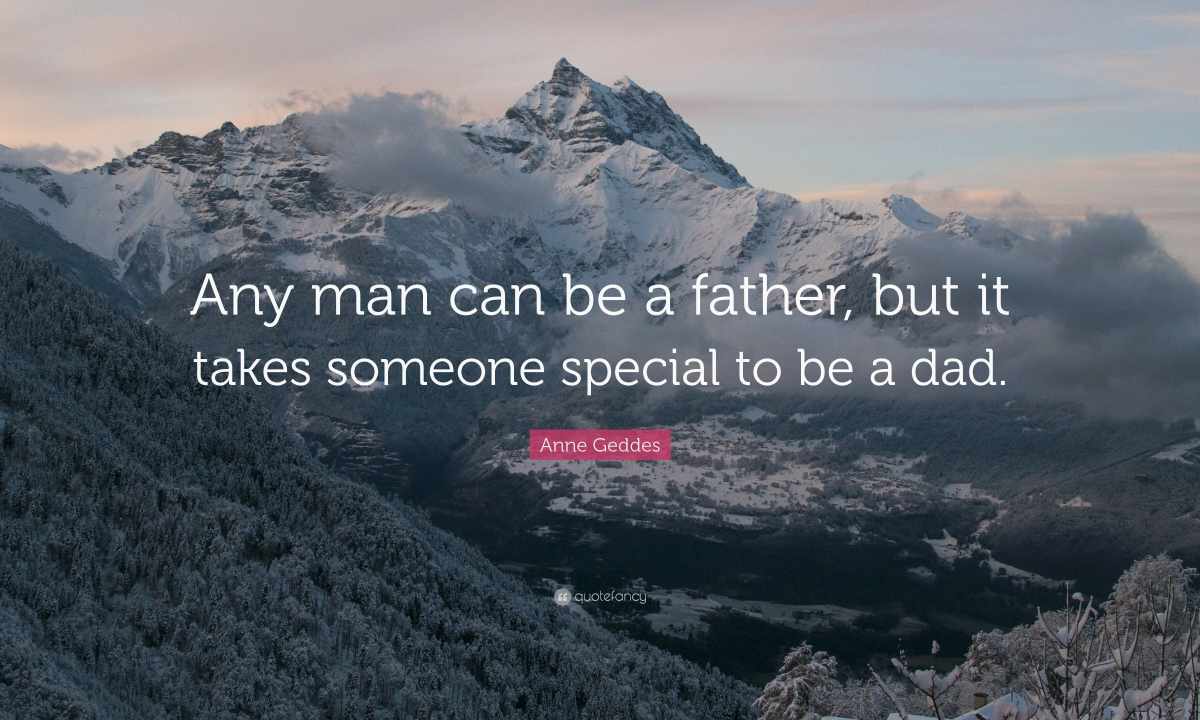Veil — one of the most ancient symbols of a wedding. The set of superstitions is connected with it. For example, that the veil acts as a peculiar charm for family and marriage.
Ancient wedding traditions
More than two thousand years ago brides of Rome wore a veil. This element of a wedding dress performed protective function, protected the bride from jaundiced eyes and damage, saved from evil spirits. Initially the veil was sewed from opaque dense matter, and completely covered the bride's face even from future husband. Later the veil began to be sewed from translucent magnificent fabrics to show wealth of family and to add to the bride of grace and charm.
In former times the veil was a peculiar demonstration of the power of the husband over the wife. The veil to the heels, beautiful, but holding down movements, preventing to move, spoke about full submission and dependence of the wife on the husband. Most of the European people attached to a veil identical significance, but its appearance in the different cities and the countries was various.
Romans wore a traditional veil of red color, the Greek woman - yellow, Ukrainians — characteristic wreaths with tapes. In Russia the wedding cover from fabric serving as a veil was decorated with beautiful hoops from skin or threw. During early Jewish ceremonies the bride who is wrapped up from legs to the head in a white thin cover was presented to the groom practically as a gift, and it was impossible to unveil until the end of the wedding ceremonies.
Traditions and symbolism
In many countries was considered that after the wedding the wife has to keep a veil for the rest of life as a mascot for marriage. For this reason the veil cannot be hired, it is quite strange to marry at the symbolical level under oppression of others destiny. In Eastern Europe in some families it is accepted to marry in mother's veil if her marriage developed successfully. There is a sign according to which, the veil is longer and richer, the longer spouses will live together and the their marriage will be happier. In some countries it is accepted to cover with a veil a cradle with the baby, protecting him from a malefice and diseases. Attribute to the veil thrown over a cradle property to calm and lull the small child. Certainly, all these signs have no practical value as are confirmed with nothing. However, in tradition to keep a veil after the wedding it is a lot of sense. In the modern world many brides hire dresses or sell them after the wedding. In this case the veil remains the only "female" reminder on the wedding day. The similar reminder can seriously help in difficult days of marriage.

